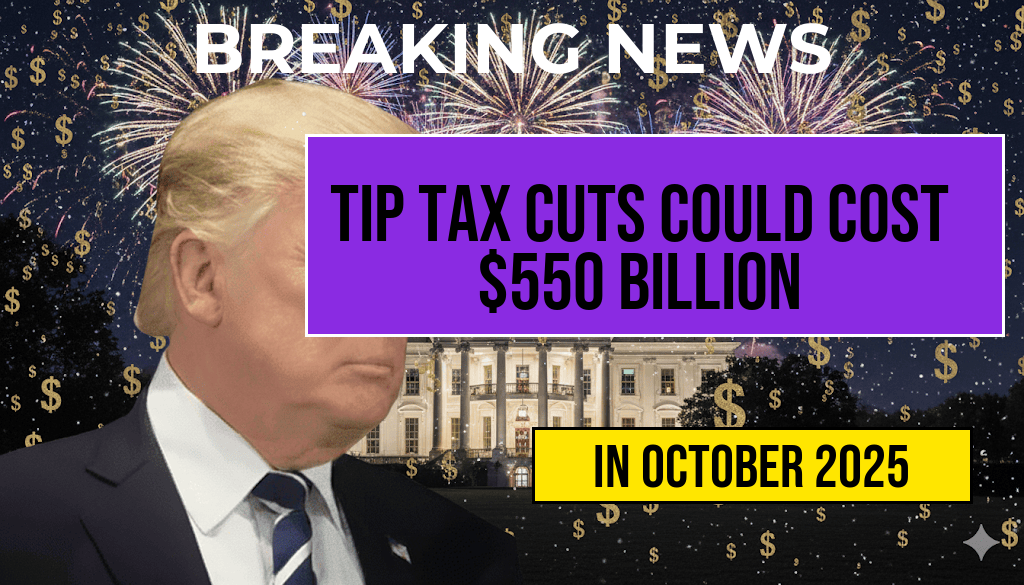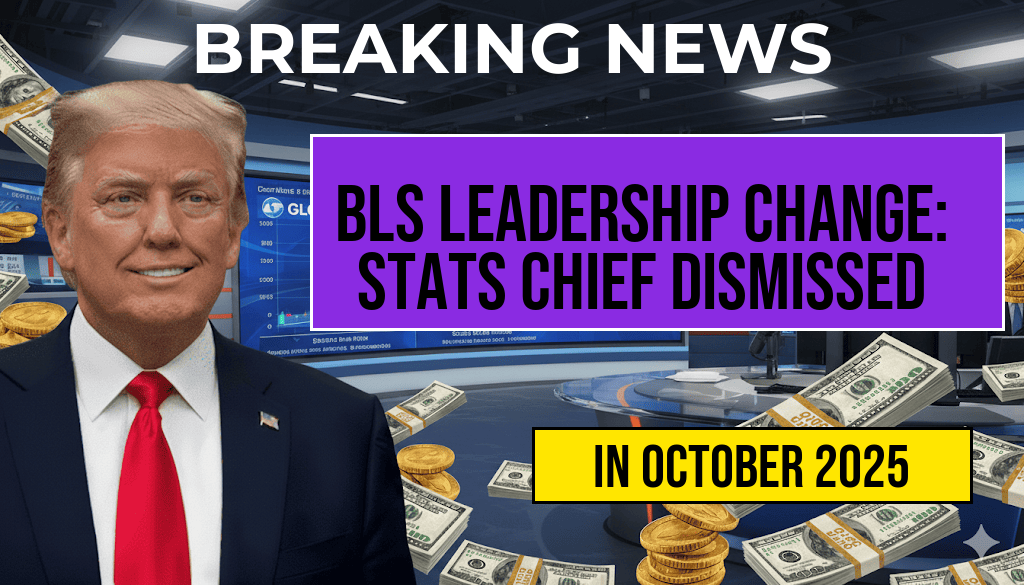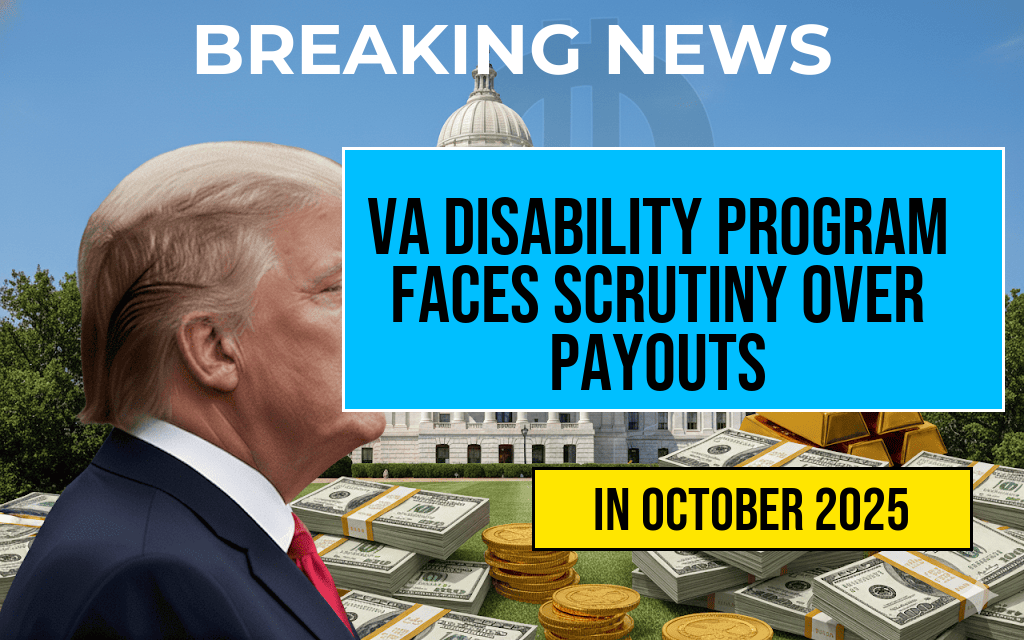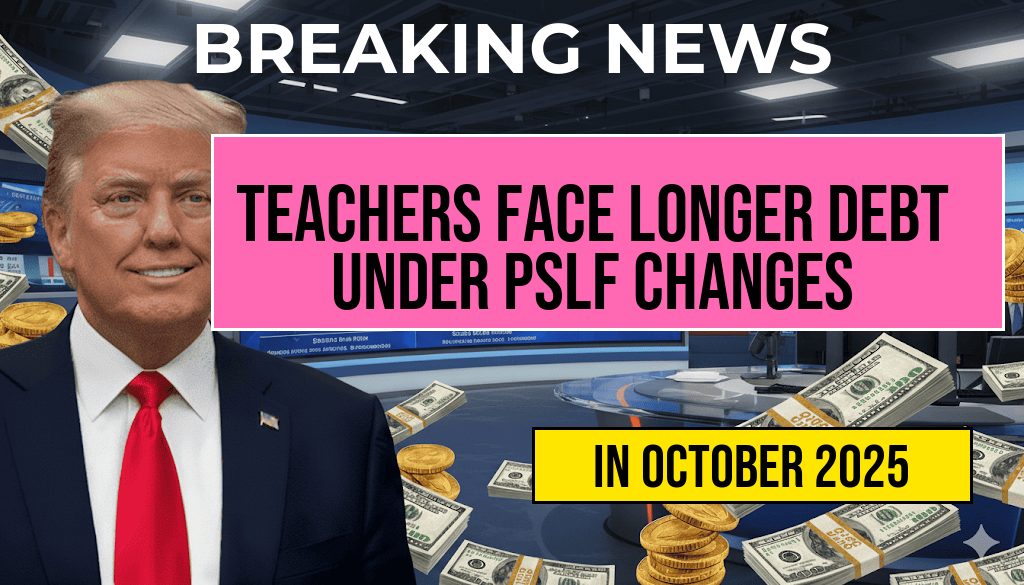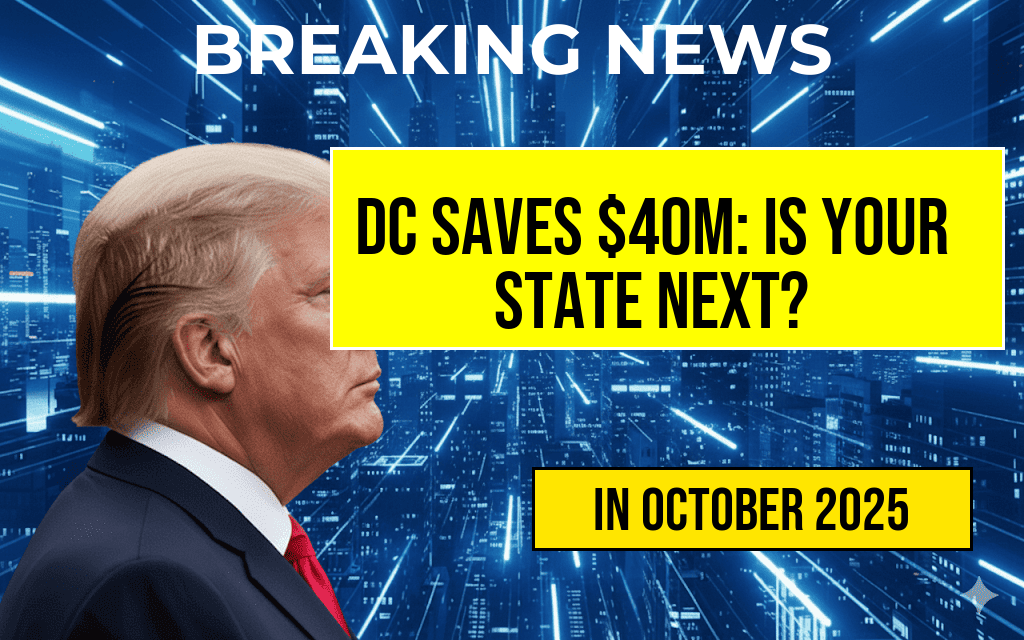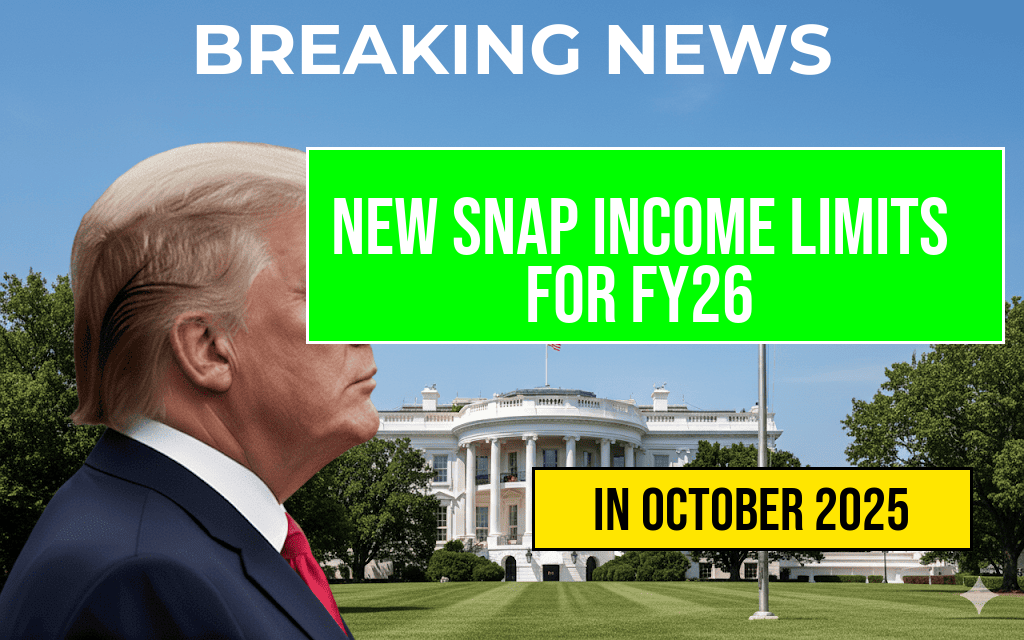The debate surrounding the taxation of tips has gained momentum as lawmakers and economists analyze the implications of making tips tax-free. Recent estimates suggest that implementing such tax cuts could cost the federal government between $100 billion and $550 billion over the next decade. This significant financial impact raises questions about the sustainability of the current tax system and the potential consequences for both workers who rely on tips and the overall economy. Advocates argue that eliminating taxes on tips could provide much-needed relief for low-wage workers, while critics warn of the fiscal repercussions that could affect government services and programs.
The Rationale Behind Tax-Free Tips
Supporters of making tips tax-free contend that many service workers, such as waitstaff and bartenders, depend heavily on gratuities to supplement their low base salaries. The restaurant industry, in particular, has been vocal about the financial struggles faced by employees who often earn less than minimum wage before tips. By removing taxes on these earnings, proponents believe it could enhance disposable income for millions of workers.
Potential Economic Benefits
- Increased Income: Tax-free tips could significantly boost the take-home pay of service workers, contributing to higher consumer spending.
- Encouraging Tipping: A tax-free environment for tips might encourage more customers to leave gratuities, further benefiting workers.
- Job Growth: With more disposable income, workers may spend more in local economies, potentially leading to job creation in various sectors.
The Fiscal Impact
While the benefits for workers may seem clear, the financial ramifications for the government are substantial. According to a report from the Forbes Technology Council, the projected cost of making tips tax-free ranges widely. The lower estimate of $100 billion assumes a more modest increase in tipping behavior and a limited scope of affected industries. In contrast, the upper estimate of $550 billion reflects a broader interpretation that includes all sectors where tipping is customary.
Concerns Over Revenue Loss
Critics emphasize that such a significant tax cut could lead to reduced revenue for federal and state governments, potentially impacting funding for essential services such as education, healthcare, and infrastructure. The loss of tax revenue would necessitate either increasing other taxes or cutting government programs, both of which could have negative consequences for society as a whole.
Alternatives to Tax-Free Tips
As lawmakers weigh the implications of tax-free tips, alternative solutions have emerged that aim to support service workers without imposing such a hefty price tag on taxpayers. These alternatives may include:
- Increasing Wage Standards: Advocating for higher base pay for workers in the service industry could reduce reliance on tips.
- Tax Credits: Offering tax credits or deductions for low-income workers to offset the taxes they pay on tips could provide relief without eliminating tax revenue.
- Incentives for Employers: Encouraging businesses to adopt fair compensation practices through tax incentives may also help address income disparities.
Public Opinion and Legislative Action
The public response to the idea of making tips tax-free has been mixed. Some surveys indicate strong support among service industry workers who would benefit directly, while broader public sentiment is more divided. Many individuals express concern about the long-term implications of such a policy on government services and the economy. As discussions continue, several states are considering legislative proposals aimed at reforming tip taxation, reflecting a growing recognition of the complexities involved in balancing worker needs with fiscal responsibility.
Conclusion
The conversation around making tips tax-free is multifaceted, involving considerations of economic benefit, fiscal impact, and public sentiment. As lawmakers explore potential reforms, the challenge will be finding a solution that adequately addresses the financial realities faced by service workers while ensuring the government can maintain essential services without significant revenue loss.
| Estimate | Cost Over 10 Years |
|---|---|
| Low Estimate | $100 Billion |
| High Estimate | $550 Billion |
Frequently Asked Questions
What are the implications of making tips tax-free?
Making tips tax-free could result in a cost ranging from $100 billion to $550 billion. This significant price tag raises questions about the impact on government revenue and the overall economy.
How would tip tax cuts affect workers in the service industry?
Tip tax cuts could lead to increased take-home pay for workers in the service industry, such as waiters and bartenders. However, it may also reduce government funding for essential services that rely on tax revenue.
Who would benefit the most from tax-free tips?
Workers who rely heavily on tips, particularly in the hospitality and service sectors, would likely benefit the most from making tips tax-free, as it would enhance their overall earnings.
What are potential drawbacks of implementing tip tax cuts?
Some potential drawbacks include a significant loss of tax revenue for local and federal governments, which could result in budget cuts for public services and programs that benefit the broader community.
Is there any precedent for tax exemptions on tips?
While there are certain tax exemptions in various sectors, widespread implementation of tax-free tips on a national level has not been extensively tested, raising concerns about its long-term sustainability.

